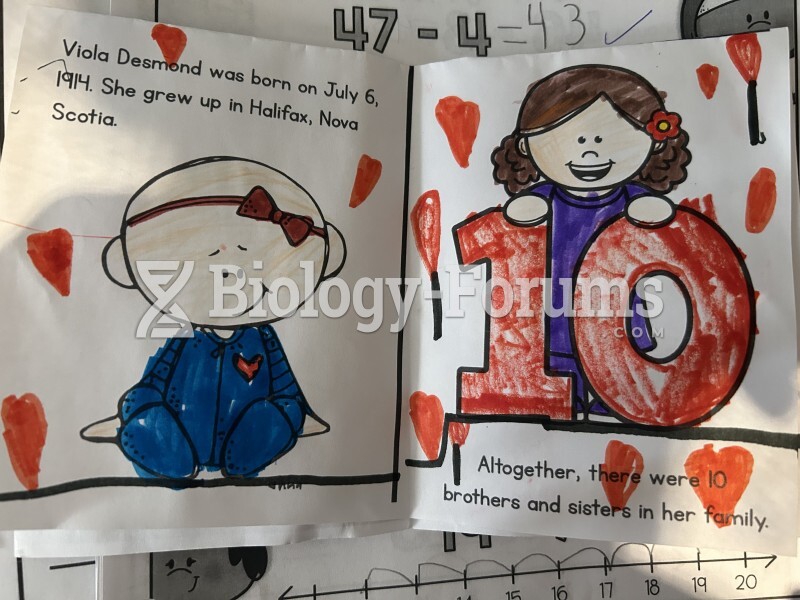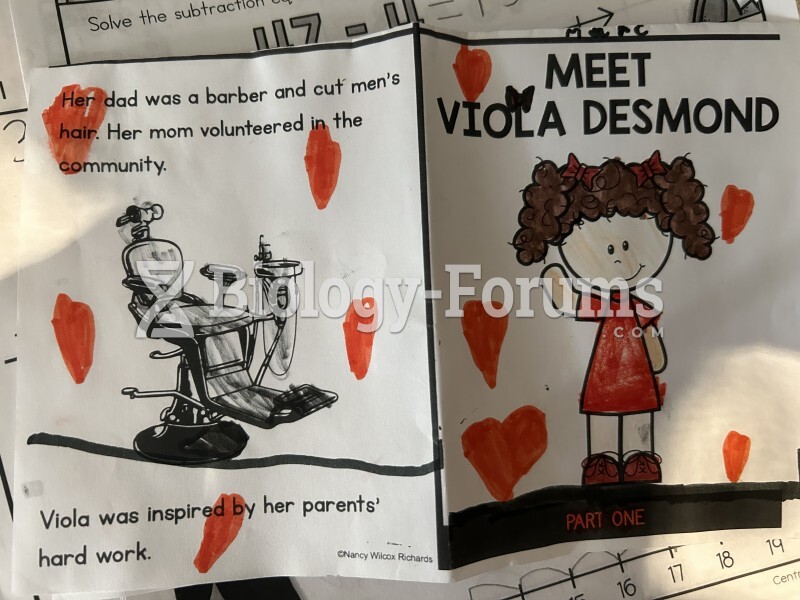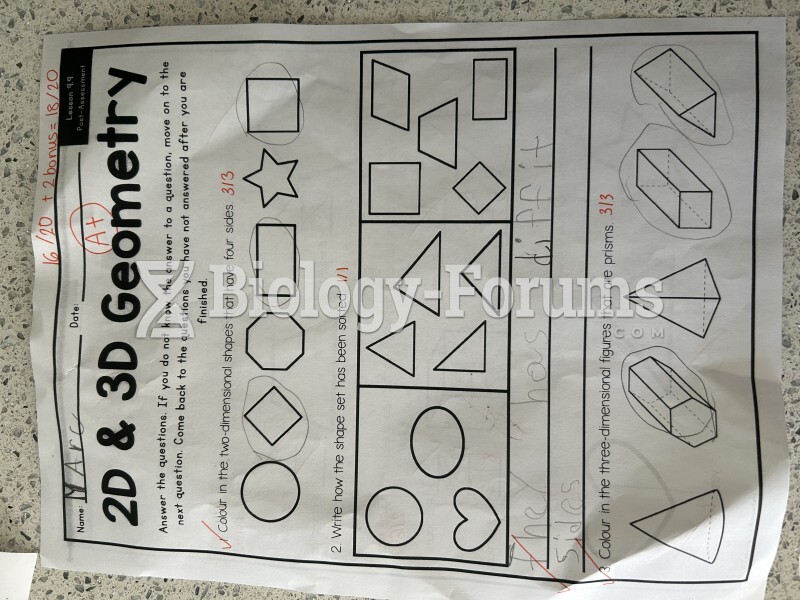After reading five different versions of The Three Little Pigs, what is one way a first-grade teacher can get the students involved in enactment?
A) Put children in small groups to make storytelling props and do a retelling of each variant of the story.
B) Download a readers' theater script of the story and have children read it aloud.
C) Have students complete a cut-and-paste activity to sequence events in the story.
D) Assign the students to small groups to discuss the different versions of the story.
Question 2
In the state assessment for third-graders, children must write a persuasive paragraph. A teacher introduces the concept of persuasion by discussing the strategies a child could use to convince her or his family that they should get a particular pet, toy, food item, or electronic device. The children work in groups focused on these four topics. Then, pairs of children write the script for a commercial. They will: (1 ) identify a product, (2 ) make a list of its advantages, and (3 ) use principles of advertising that they learned as part of media studies (e.g., celebrity endorsement or implying that the product will bring success and happiness). When a colleague questions the value of this activity, how could the teacher explain her reasoning?
A) Perhaps you are right. If I can't see where an activity definitely will boost test scores, I probably should abandon it.
B) The activity relates directly to the standards on the test. It gives children practice in formulating a persuasive argument as well as many opportunities to hear and see other students' strategies. This will help them to become more audience-centered, which often is the hardest part of writing persuasively.
C) You can do what you whatever you like to teach persuasive writing to your students; I have my own ideas so I plan to stick with the activity.
D) I already told the children they were doing this and they seem excited about it, so I won't make any changes until next year or they'll be disappointed.







